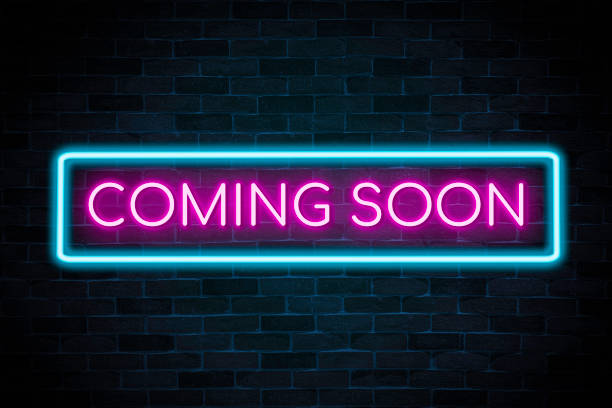SLO 1.2 - Perfect and Real Gases
Explore the limitation of the ideal gas law and comparative advantages and characteristics of more complex gas laws
 Key Concepts and Skills
Key Concepts and Skills
- Ideal (“perfect”) gases: Explain the characteristics of an ideal gas and use the ideal gas law to solve for any unknown variable of state (pressure, volume, temperature, and amount of substance)
- Deviations from ideality: Clarify why (and under what conditions) real gases will deviate from ideal behavior
- Compressibility: Given a gas law or state variables for a gas, solve for compressibility (\(Z\)) and discuss how the resultant function or value of \(Z\) indicates deviation from ideal behavior
- Alternative gas laws: Plot and discuss the features (constants, behavior, etc.) of new gas laws like the Virial or Van der Waals equation.
- Critical behavior: Identify what critical behavior is and calculate the critical constants (\(p_c\), \(T_c\), and \(V_c\)) and critical compressibility (\(Z_c\)) for a particular gas or equation of state. Discuss how isotherms above, below, and at the critical temperature correspond to molecular behavior and phase.
 Reading
Reading
- From the textbook:
- Topic 1A
- Topic 1C
- POGIL Activities
- Fundamental 1: Measurable Properties
- Other:
- Real Gases
- Virial Coefficients
- Engel and Reid (alternative textbook): Chapter 1.4 - 1.5
- McQuarrie (alternative textbook): Chapter 16
 Important Terms
Important Terms
| Pressure | Temperature |
| Volume | Perfect Gas |
| Molar Volume | Virial Coefficient(s) |
| Compressibility | Van der Waals Equation |
| Isotherm | Critical Point/Compressibility |
 Sample Assessment Question
Sample Assessment Question

 External Videos, Tutorials, Simulations
External Videos, Tutorials, Simulations
- PhET Simulation - Gas Properties
- Gas Law Simulation
- Virial Equation of State
- Crash Course Chemistry - Real Gases
 Practice Problems
Practice Problems
- From the textbook:
- Exercises: 1A.1, 1A.2, 1A.9, 1A.13
- Problems: 1A.2, 1A.7
- Exercises: 1C.3, 1C.6, 1C.9
- Problems: 1C.4, 1C.8, 1C.16, 1C.17
- From other external sources: